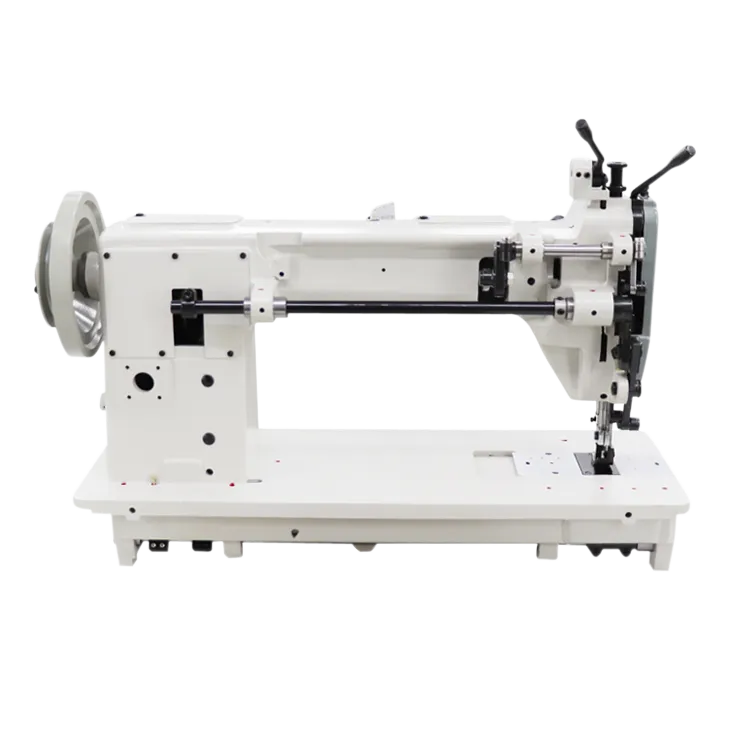sewing machine for fabric and leather
Sewing Machines for Fabric and Leather A Comprehensive Guide
Sewing machines have become indispensable tools in the world of crafting and garment production. When it comes to working with different materials, particularly fabric and leather, selecting the right sewing machine can make all the difference in the quality of your projects. This article will explore the features, types, and considerations for choosing the best sewing machine for both fabric and leather.
When sewing with fabric, versatility is key. Fabric types can range from lightweight cotton to heavier materials like denim. A sewing machine designed for fabric typically includes features such as adjustable stitch length and width, multiple stitch patterns, and a free arm for easier sewing of circular projects like sleeves and cuffs. A machine with a strong motor is ideal for handling various fabric weights without skipping stitches. Additionally, features like an automatic needle threader and a bobbin winder can significantly speed up the sewing process.
On the other hand, sewing leather requires a machine that can withstand the material's unique challenges. Leather is thicker and less forgiving than fabric, requiring heavier needles and specialized presser feet, such as walking feet or teflon feet, that help grip the material and prevent slipping. When choosing a sewing machine for leather, it's essential to look for a model with a powerful motor to ensure it can stitch through multiple layers without stalling. Some advanced models even come equipped with a roller foot, specifically designed to glide over the surface of leather.
sewing machine for fabric and leather

Another consideration when selecting a sewing machine for both fabric and leather is the type of machine itself. For hobbyists and home sewers, a good-quality mid-range sewing machine may suffice for various projects. However, more serious enthusiasts or professional seamstresses might opt for an industrial sewing machine, which tends to be more robust and capable of handling heavier materials and more frequent use.
It's also worth noting the importance of maintenance and care for your sewing machine, particularly when switching between fabric and leather. Using the wrong needle or foot can lead to suboptimal results, so it’s crucial to keep a separate set of needles and presser feet for each material. Regular cleaning and oiling ensure longevity and maintain optimal performance.
Lastly, investing in a good sewing machine involves considering not just the features but also the warranty and customer support. Brands that specialize in both fabric and leather machines, such as Brother, Janome, and Juki, often provide excellent resources and support for their customers.
In conclusion, whether you're a hobbyist looking to create unique projects or a professional tackling complex designs, choosing the right sewing machine for fabric and leather is vital. By understanding the specific needs of each material and the capabilities of the sewing machine, you can enhance your crafting experience and achieve beautiful, durable results.
-
Industrial Cylinder Arm Sewing Machine: Revolutionizing Heavy-Duty SewingNewsJul.28,2025
-
Cylinder Arm Sewing Machine: Perfect for Special Sewing ApplicationsNewsJul.28,2025
-
Cylinder Bed Sewing Machine: Essential for Sewing Complex MaterialsNewsJul.28,2025
-
Heavy Duty Sewing Machine: The Essential Tool for Industrial ApplicationsNewsJul.28,2025
-
Computerized Pattern Sewing Machine: Revolutionizing Precision StitchingNewsJul.28,2025
-
Heavy Duty Industrial Sewing Machine: Power Meets PrecisionNewsJul.28,2025
-
Leather Sewing Machine: The Industrial Standard for Tough MaterialsNewsJul.18,2025





























